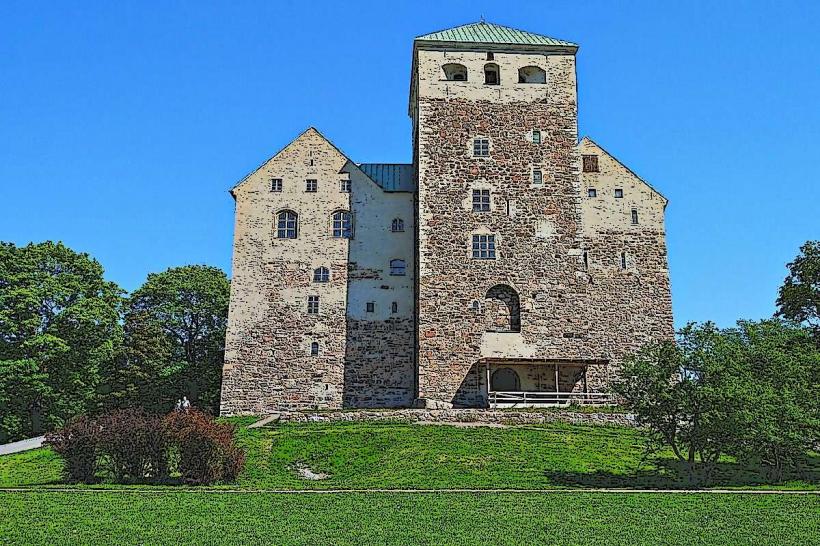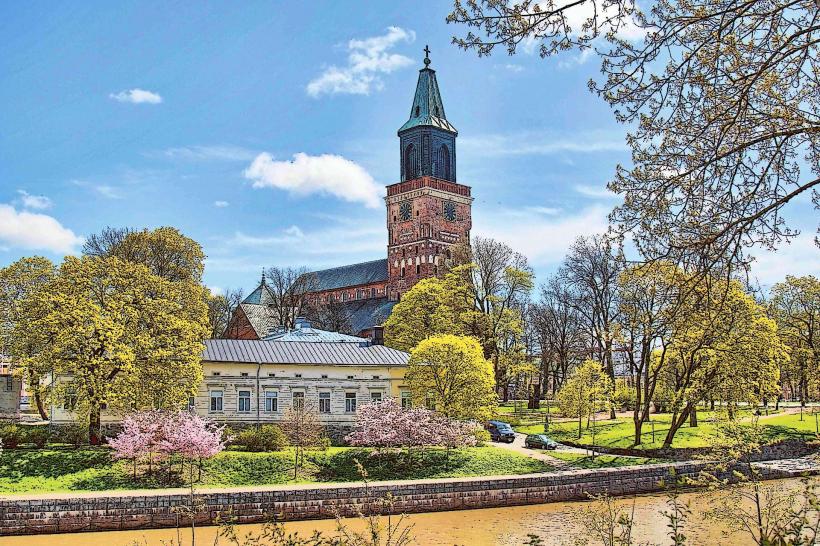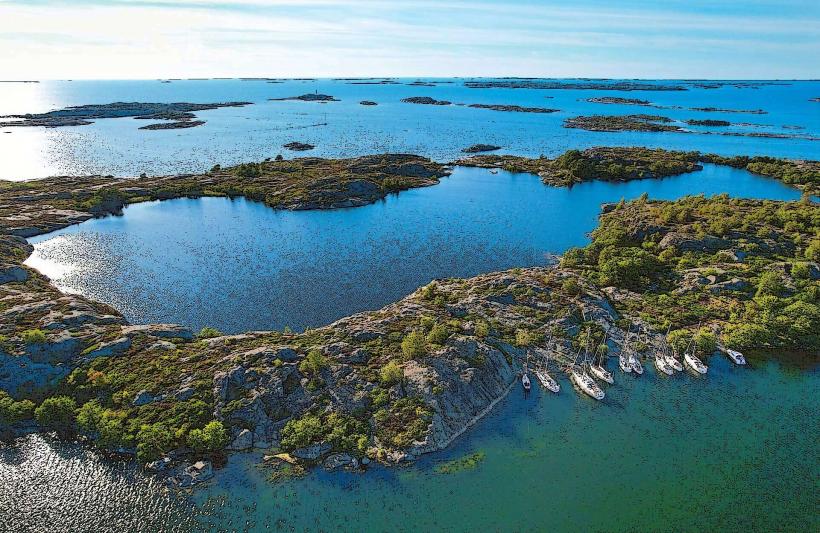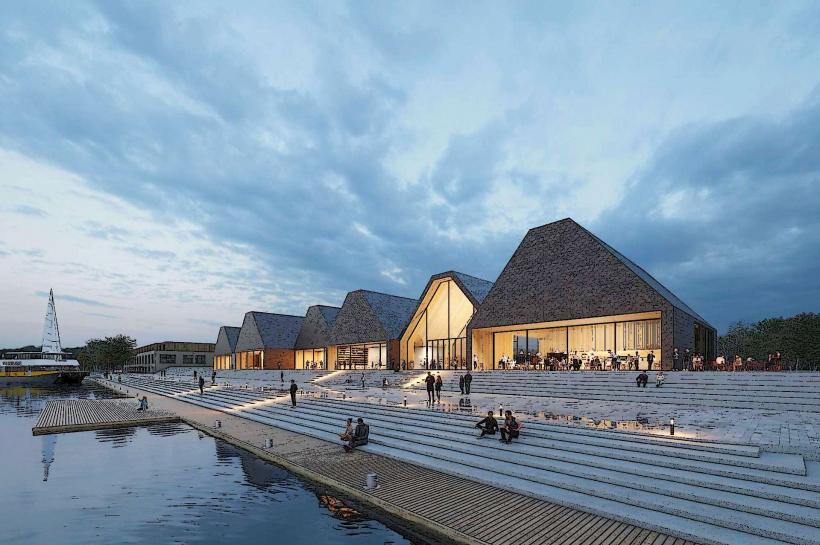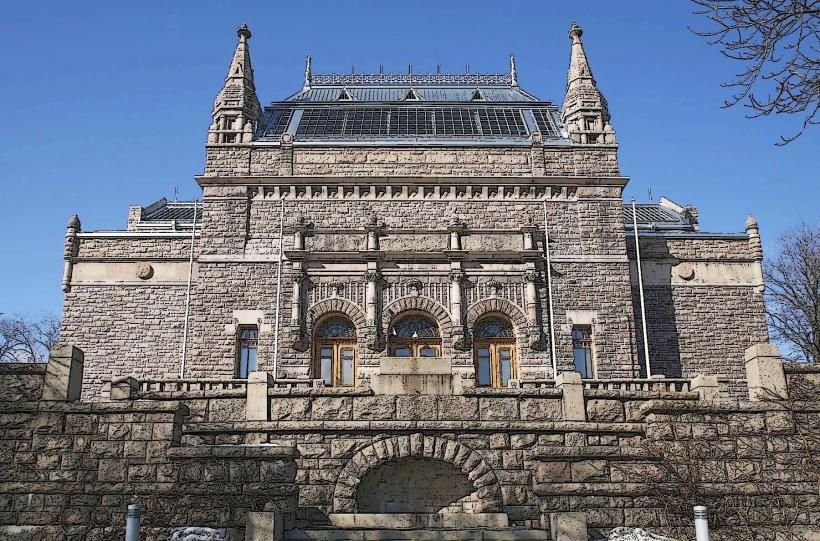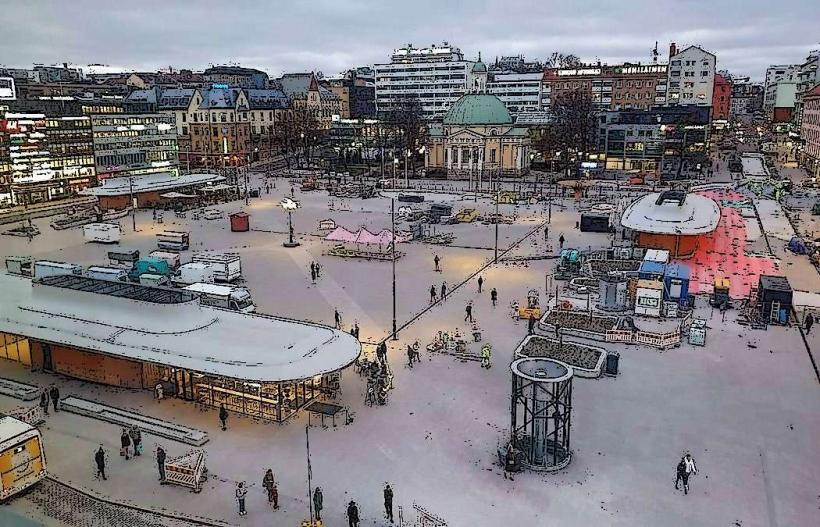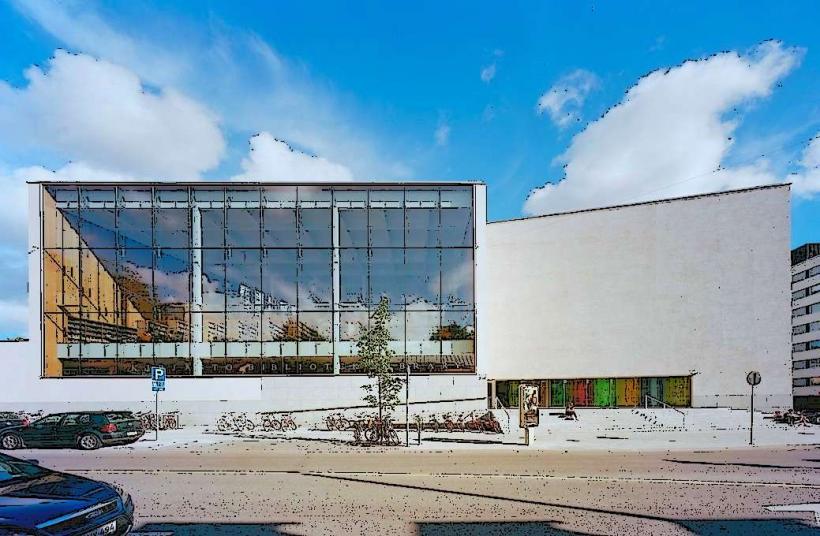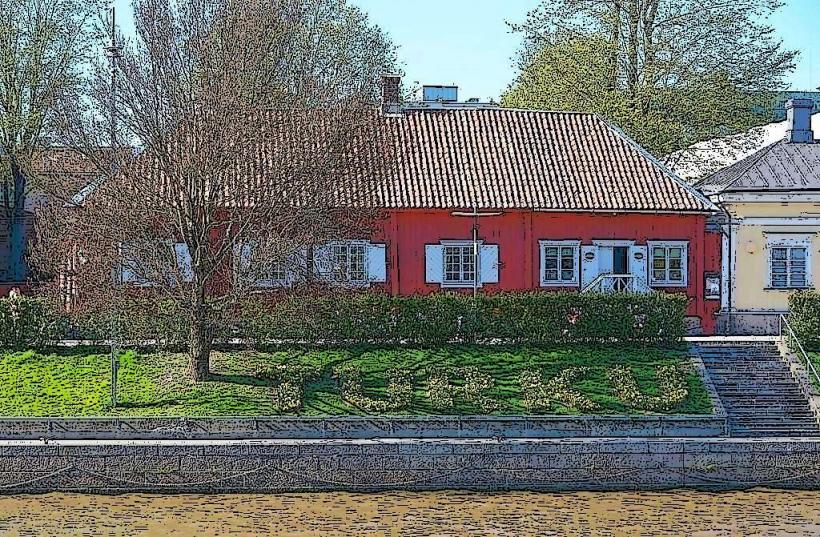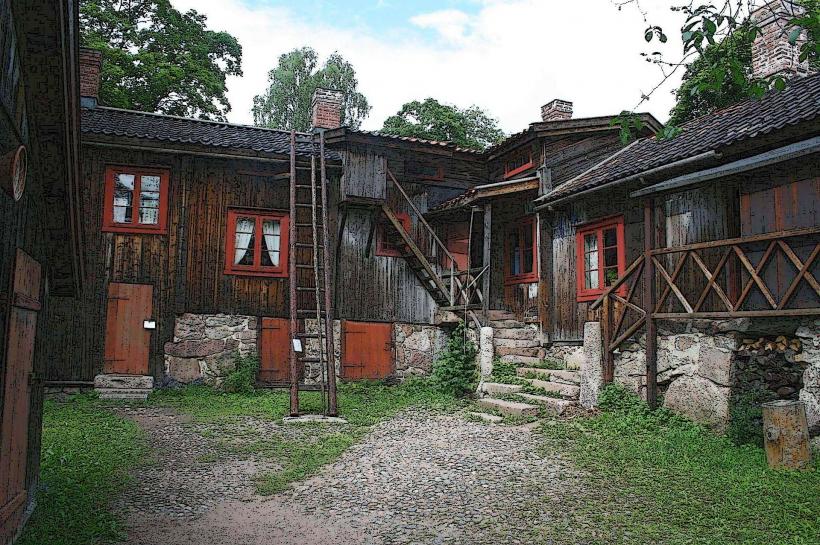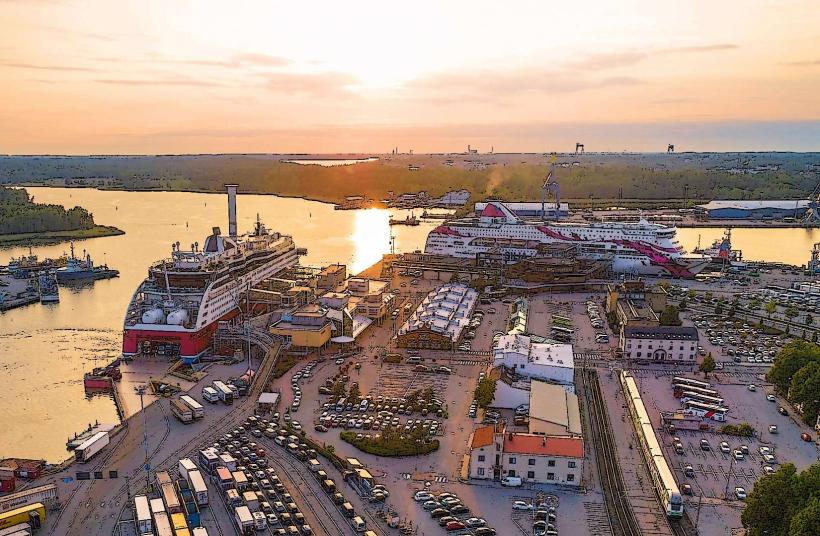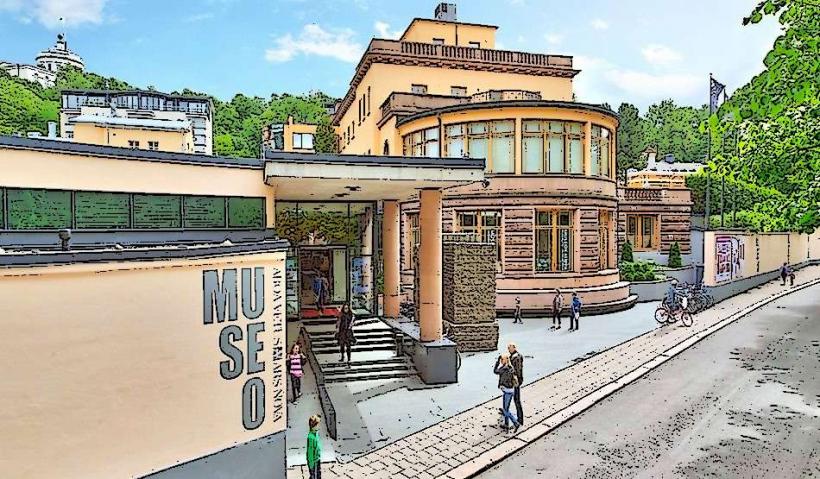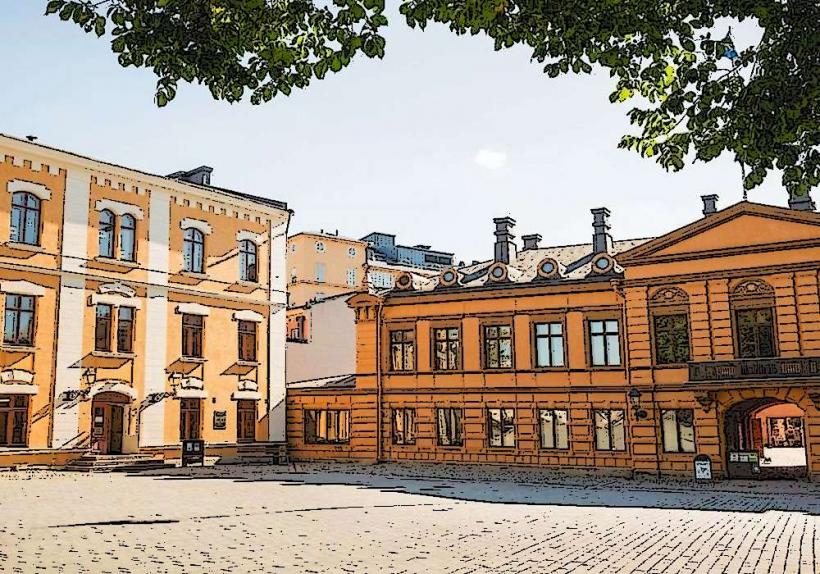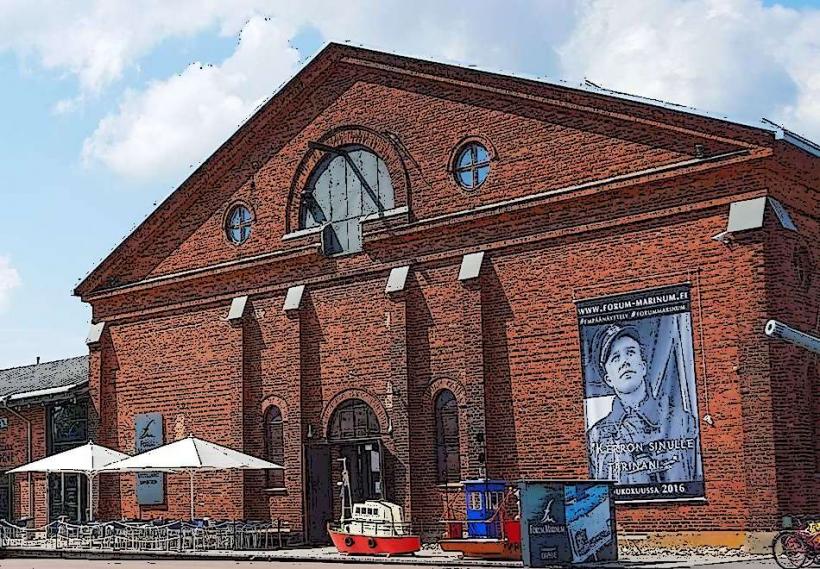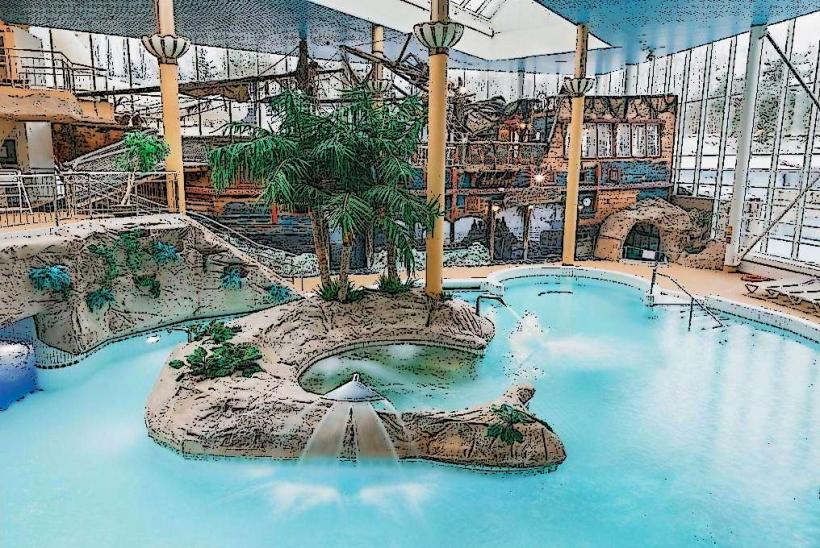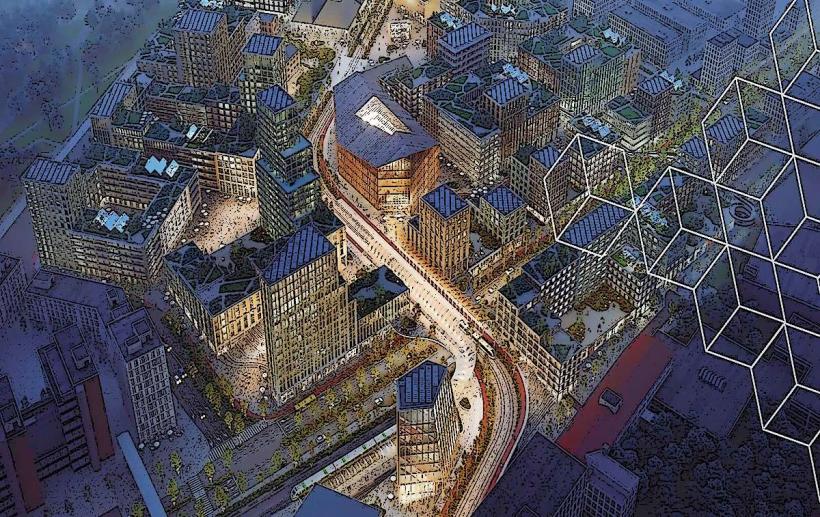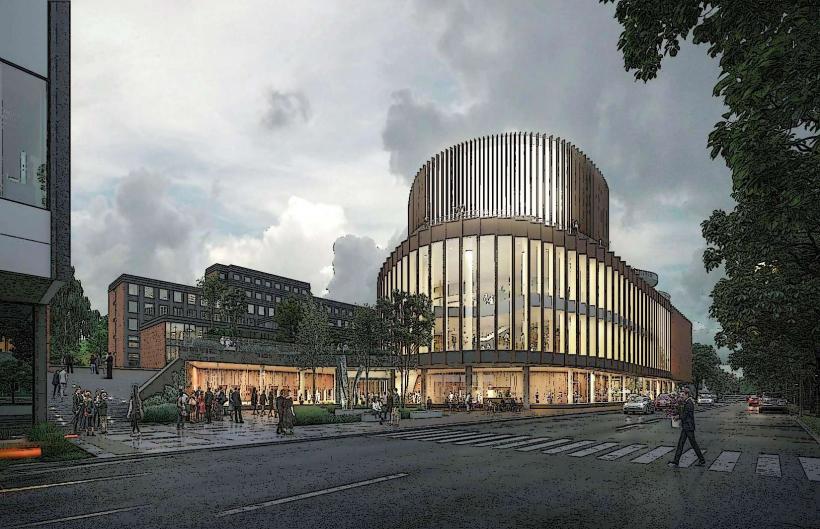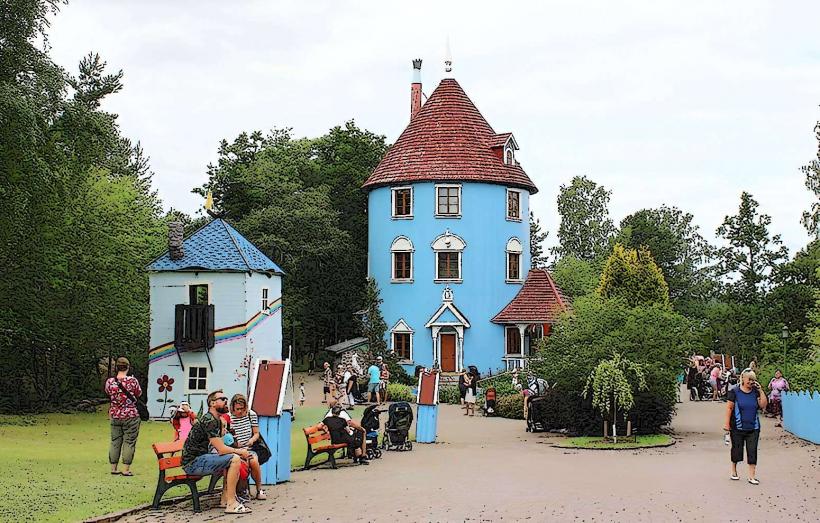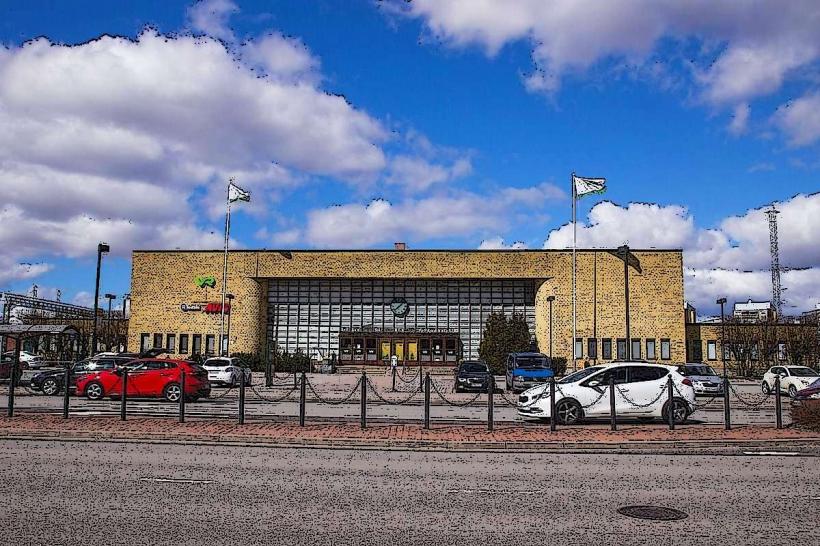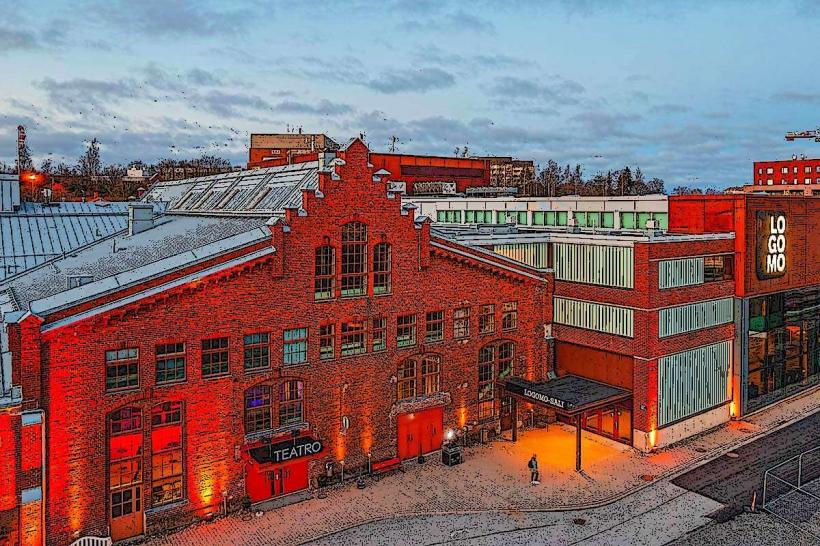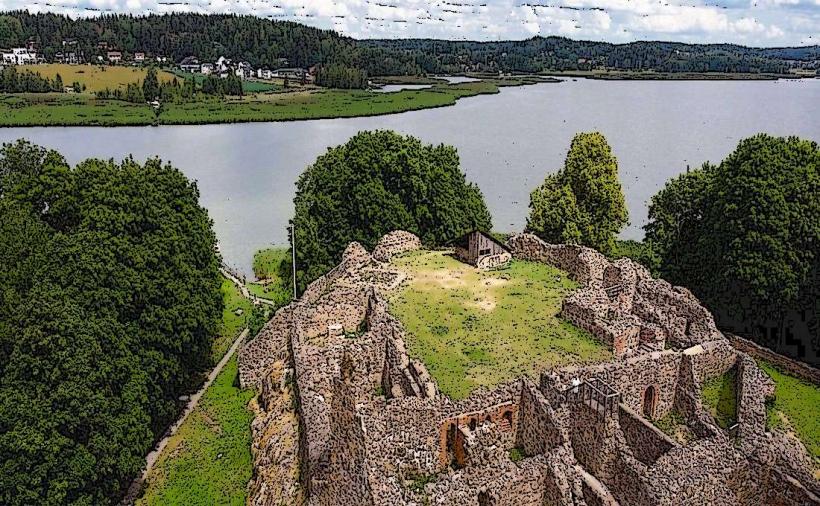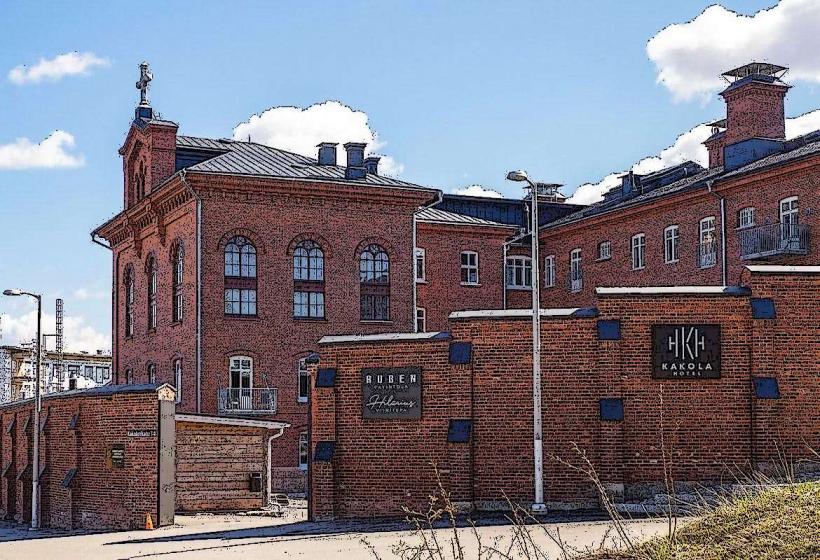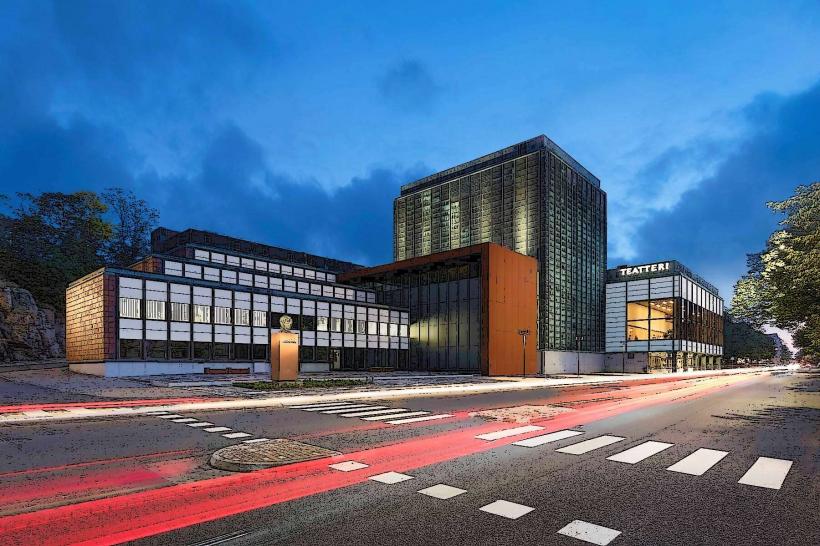Information
Landmark: Art Nouveau-style Villa MaireaCity: Turku
Country: Finland
Continent: Europe
Villa Mairea is one of the most iconic buildings in Finland, renowned for its exceptional Art Nouveau (or Jugendstil) design and its significance as a masterpiece of modern architecture. Located in Noormarkku, near Pori, Finland, the villa was designed by the famous Finnish architect Alvar Aalto and built between 1938 and 1939. It remains one of Aalto's most important and influential works, blending modernist elements with traditional Finnish craftsmanship.
Design and Architecture
Villa Mairea was commissioned by Harry and Maire Gullichsen, prominent figures in the Finnish business community, who were deeply involved in the cultural and artistic development of Finland. Harry Gullichsen was the owner of the Oy Wanhan Hennon Paper Factory, and his wife, Maire, was a patron of the arts.
Aalto's design for the villa is notable for its fusion of modernism with Finnish vernacular traditions. The building is often considered a turning point in the evolution of modern architecture, marking a move away from the more rigid forms of early modernism toward a more organic, human-centered design. The villa combines functional design with a strong emphasis on the natural environment and materials.
Key Features of Villa Mairea:
Art Nouveau Influence While Villa Mairea is often described as a modernist or functional building, it incorporates several elements of Art Nouveau and craftsmanship that reflect the aesthetic richness of that style. The villa's ornamentation and flowing, natural forms borrow from the Art Nouveau tradition, creating a space that feels both contemporary and timeless. Some notable features include:
- Curved walls and organic shapes inspired by nature.
- Use of natural materials like wood and stone, which reflect Aalto's deep respect for Finnish traditions and the surrounding landscape.
- Decorative elements that draw from Finnish folk art, as well as more modern and abstract motifs.
Integration with Nature One of the most celebrated aspects of Villa Mairea is its harmonious integration with its natural surroundings. The villa is set within a wooded area, and Aalto carefully positioned the building to blend into the landscape. The large windows and open-plan spaces allow for continuous interaction with the outdoors, blurring the boundary between the interior and exterior spaces. The lush garden, designed by Aalto’s wife Aino Aalto, further enhances this connection with nature.
Interior Design The interior of Villa Mairea is just as notable as its exterior. Aalto's approach to the interior design reflects his philosophy of human-centered design, where functionality is married to beauty. Some key elements include:
- Curved, organic furniture designed by Aalto, incorporating wood, leather, and textiles in a way that creates a sense of warmth and comfort.
- Open-plan spaces, such as the living room, where furniture is arranged to foster social interaction and flow.
- Textile designs by Aino Aalto and Alvar Aalto's own lamps.
- Art Nouveau-inspired detailing, such as decorative wood paneling, ironwork, and ceramics.
Architectural Style and Materials Villa Mairea is often described as a blend of Modernist, Organic, and Art Nouveau elements. Aalto's use of natural materials like wood, stone, and brick give the building a warmth and earthiness, contrasting with the more austere forms of some of his earlier works. The white plaster walls and dark wooden beams provide a sense of calm and balance. The villa also features curved lines and biomorphic forms, which are characteristic of the Art Nouveau style.
Significant Spatial Planning The layout of Villa Mairea is carefully crafted to emphasize privacy and openness in different areas of the house. Public spaces, such as the living room and dining areas, are open and spacious, while more private areas, like the bedrooms and studies, are more enclosed, offering comfort and seclusion. This balance between public and private spaces is a hallmark of Aalto's work.
Innovative Use of Light and Space Aalto is known for his innovative approach to lighting and spatial organization, and Villa Mairea is a prime example of his mastery in this regard. The building makes use of natural light, with large windows that flood the rooms with sunlight, as well as skylights that bring light into the interior spaces. The clever use of light and shadow adds a dynamic quality to the villa's interior, changing throughout the day and the seasons.
Connection with Finnish Craftsmanship While Villa Mairea incorporates modern architectural techniques, Aalto's design also deeply respects and incorporates Finnish craftsmanship. This includes elements such as custom-designed furniture and decorative details by Finnish artisans. The use of traditional materials, such as Finnish pine wood and handcrafted details, gives the villa a distinctively Finnish character and reflects Aalto's belief in the importance of combining modern technology with handcraft traditions.
Cultural Significance Villa Mairea is a reflection of Finland’s cultural identity during the late 1930s and early 1940s. It represents a time when Finland was transitioning from a traditional society to a more modern, industrialized nation, while still deeply rooted in its cultural heritage. The villa stands as an iconic representation of Finnish modernism, combining international modernist architecture with the deeply personal and regional elements of Finnish design.
Legacy and Importance
Villa Mairea remains one of the most influential buildings in the history of modern architecture, celebrated for its innovative design, human-centered approach, and integration of nature. It serves as a representation of Alvar Aalto's evolution as an architect, blending functionalism, organic forms, and humanism in ways that were groundbreaking for its time.
Today, Villa Mairea is still a private residence, but it is also open to public tours by appointment. It continues to be admired by architects, designers, and art enthusiasts around the world. It has been recognized as one of the most important works of 20th-century architecture and is listed as a protected architectural site by the Finnish government.
Conclusion
Villa Mairea is a quintessential example of Alvar Aalto’s ability to combine modernism with traditional craftsmanship, blending Art Nouveau aesthetics with modern architectural principles. The villa's design, which emphasizes a relationship with the natural environment and its use of organic forms, has left a lasting legacy in the field of architecture. It stands as a tribute to the Finnish modernist movement and continues to inspire architects and designers worldwide.

